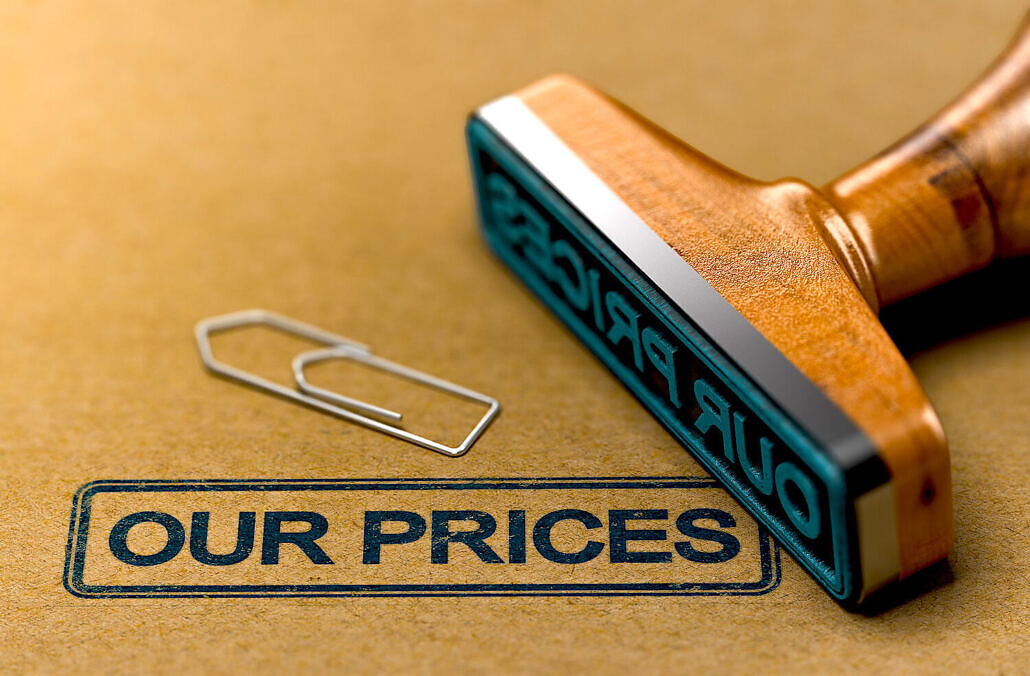Pricing Strategies That Improve Profit

Pricing strategies are a sometimes-overlooked part of the marketing mix.
Pricing: All You Need to Know

If you are trying to sell something, pricing your services/ products would be the single most important decision you will take.
How to Achieve “Winning Price”

Setting a price for your product or services, especially when you are trying to sell online, can be the most crucial business decision.